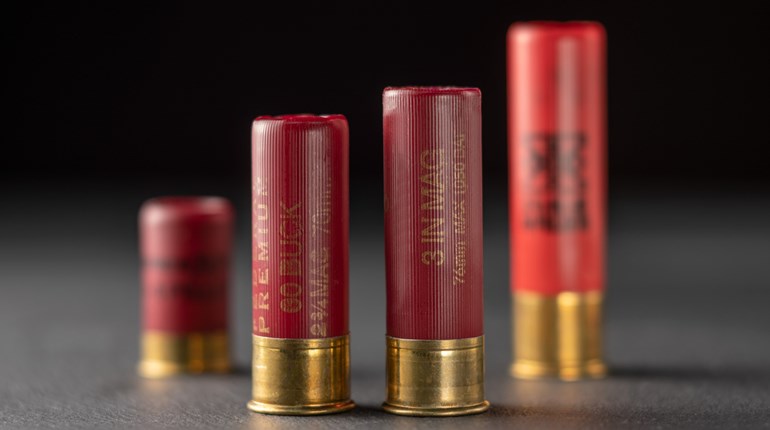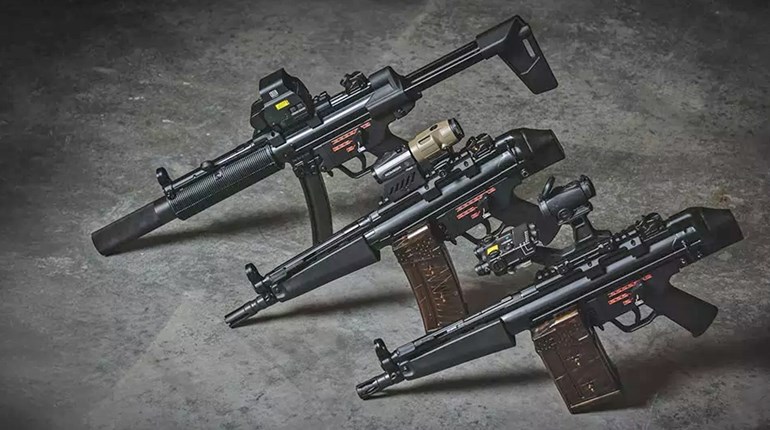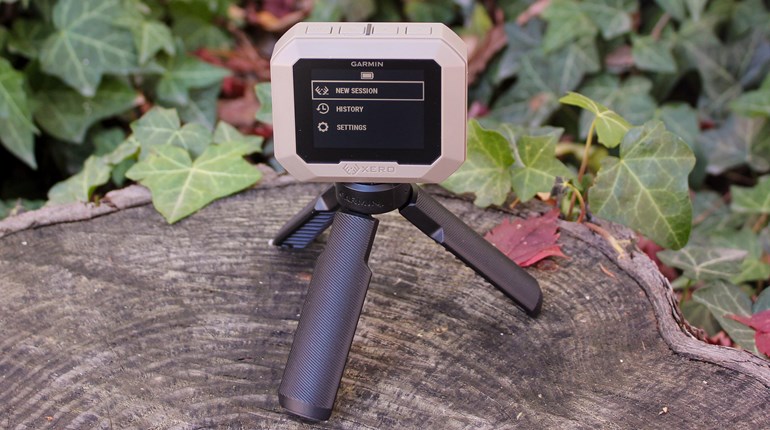
Last April I shot a wild boar with a shotgun slug. The boar weighed 206 pounds, and it died within seconds of receiving the ¾-ounce hunk of lead to its hairy chest. And, can you believe it? It acted as though it didn’t know it wasn’t from a 12 gauge. Nope, it was a 20.
Over the years, I’ve taken plenty of big game with a 20 gauge; I choose it mainly because the shotguns chambered for it are typically lighter and easier to wield—so much so that I almost loathe carrying a 12 gauge anymore. What does this have to do with home defense?
While a wild boar isn’t a human, it’s much tougher. If a 20 gauge will drop a boar like a bad habit, I believe it’s just fine for home defense, and may even lend certain advantages over a 12 gauge. What follows is a brief discussion on the pros and cons of sub-(12)gauges for home defense.
First, do not be fooled about the energy of firearms; it’s academic. A heavier bullet going the same speed or faster than a lighter one is more powerful. After all, when’s the last time you read about an African professional hunter who opted for a .22 Mag. when following up a wounded lion? Those who value life generally choose something like a .458 Win. Mag., because its 500-grain slug exits at around 2,200 fps for about 5,400 ft.-lbs. of energy, which is usually enough to keep the arguing over who’s killing whom to a low roar. As John “Pondoro” Taylor so convincingly advocated with his KO factor energy calculation and practical experience on toothy beasts, terminal energy equals more knock-down power and quicker kills. So, let’s take a look at shotgun ballistics.
Consider that a 12-gauge, 1-ounce (437-grain) slug fired at 1,850 fps produces 3,320 ft.-lbs. That’s why they’re used to blow hinges off doors. A 20 gauge with a ¾-ounce slug? About 2,500. How about a typical-power 12-gauge, nine-pellet 00 buck load going 1,200 fps? Answer: 1,694 ft.-lbs. A 20 gauge loaded with 00 buck? It doesn’t matter, because for some reason—likely dismal sales—major manufacturers don’t make it. (Real quickly, compare all this to the pathetic 356 ft.-lbs. of a 230-grain .45 ACP. Since this is a shotgun column, that makes me laugh.) The point is, if you love your 9 mm for self-defense, you shouldn’t complain about being underpowered with a 20 gauge.
There are advantages to sub-gauges, too, and plenty of people think it’s only in reduced recoil. But it might not be as dramatic a drop-off as you think. That’s because often the 20-gauge guns are more than a pound lighter than similar models in 12, and a pound less of mass can add 3 to 4 ft.-lbs. of felt recoil. Luckily, it’s generally offset by the lesser weight of its payload. A 7-pound 20 gauge loaded with that ¾-ounce slug produces 12.2 ft.-lbs. of recoil energy, while an 8-pound 12 gauge loaded with 1-ounce slugs produces 16.7 ft.-lbs. While that’s 27 percent less, neither one worries me much. But I love how short, light and nimble some 20 gauges are, and that’s a big deal, especially when you may be holding the gun with one hand and a phone in the other while talking with the 911 dispatcher.
The main trouble with a 20? The big ammo companies don’t even offer rounds in 00 buck. To me it seems that an eight- or nine-pellet load would be the dope, but nope; all they offer is a No. 3 buck load (the pellets are .25 diameter compared to .33 of 00.) I’m sure these would work, but why do they have to? I’m a 00 buck guy. So that’s a big negative.
As for other gauges, it’s a question of how much energy you wish to sacrifice. Fact is, however, other than the .410-bore, none of the guns are substantially lighter than a 20 gauge. A 16 gauge would be beautiful in theory—splitting the difference between a 12 and 20—but it generally resembles something your grandpappy would haul to the duck blind, not defend his home with. A .410-bore, ¼-ounce slug fired at 1,800 fps produces around 800 ft.-lbs. That’s not bad, but why go with a slow-to-load .410-bore when you can opt for a 30-round AR-15 with 60 percent more energy and less recoil? Winchester’s PDX1 Defender Buck and Disk load produces about 750 ft.-lbs. There is the advantage that the load spreads out a little with its 16 BBs and three lead disks, but to me, this is too great a sacrifice; I’d rather use a pistol that’s concealable and controllable with one hand if I’m giving up that much energy. My chances of finding a female bigfoot are better than finding a 28-gauge buckshot load I can afford.
Then there is Aguila’s MiniShell. It’s cool in my Mossberg 590 Shockwave because I can shoot it with one hand, but it’s not without problems. Mathematically, a load of No. 4 buck contains 11 pellets, and at 1,250 fps produces 970 ft.-lbs. of energy. Its pros are that tube-mag-fed guns chambered for it can nearly double their capacity, and it has about 11 ft.-lbs. of recoil energy (for a 7-pound gun), which means it’s sweet to shoot. The con is that at the time of this writing, there are only about two repeaters that are compatible with it. Other than the Mossberg, there’s a 28-round SRM semi-auto chambered for the MiniShell.
So, after all of this talk, what do I use? The SRM is cool, but unproven. A Benelli M4 in 20 gauge or, better yet, a magazine-fed Mossberg 590M 20 gauge loaded with 10 or 20 rounds would be enticing. But, in reality, until ammo companies come out with 00 buck for 20 gauge or I start reloading, I think I’ll adhere to Robert Ruark’s advice and “Use Enough Gun.” For now, I’m sticking with my trusty 12 gauge. It was a good talk, though, because I talked myself right out of another gauge.




































